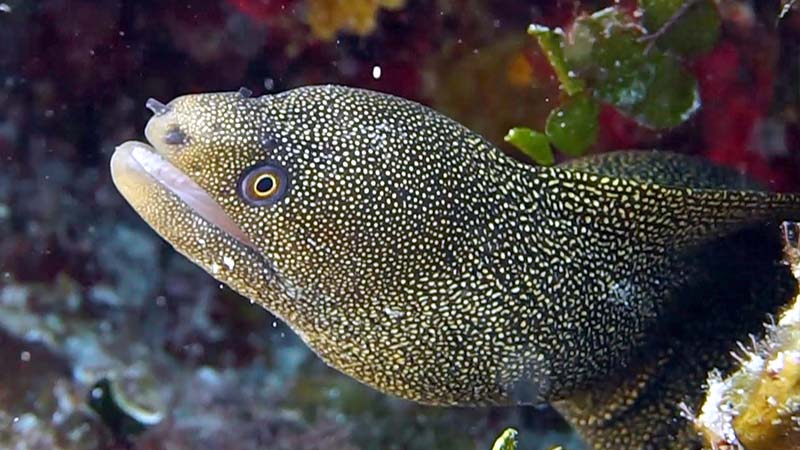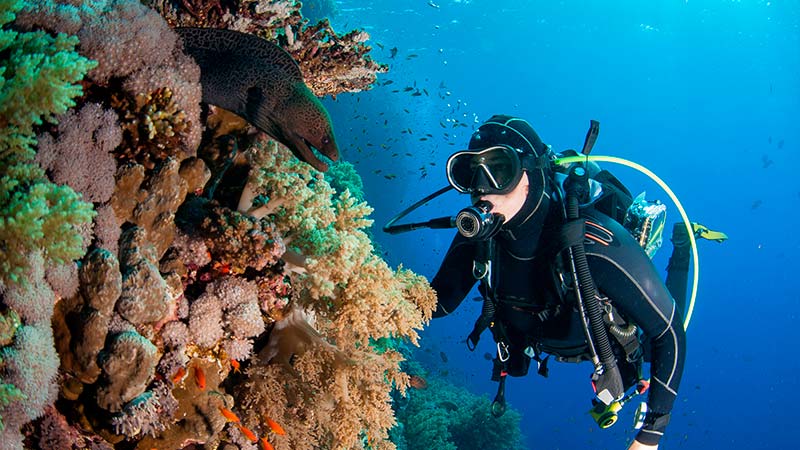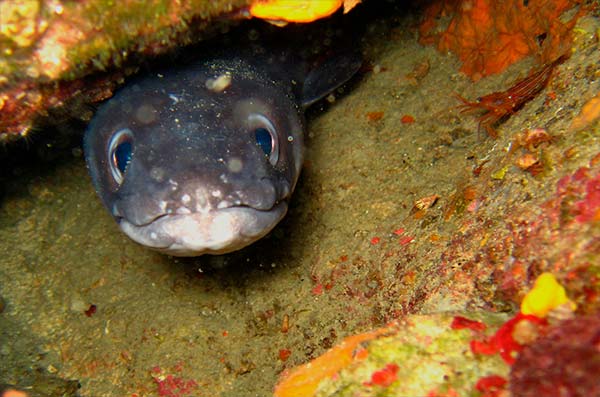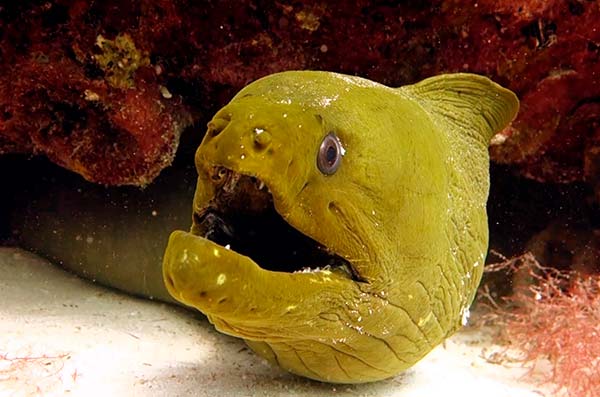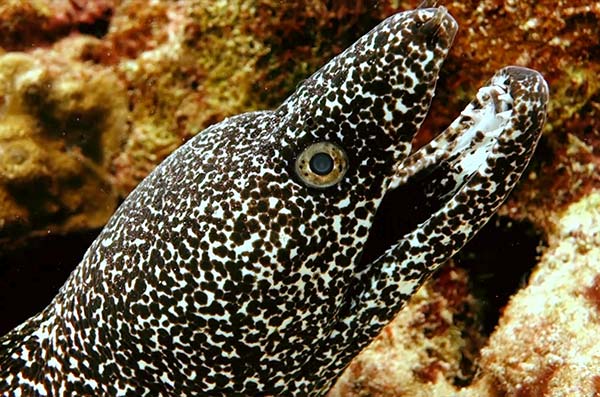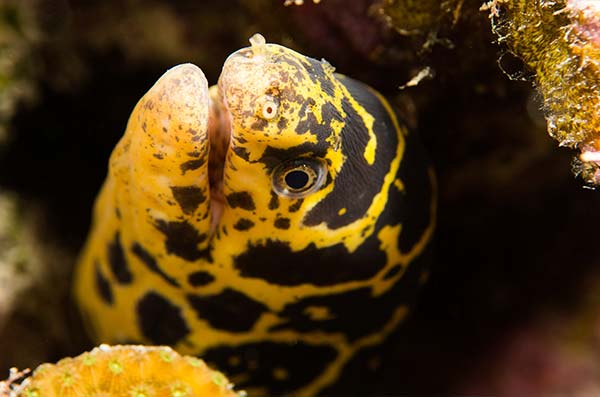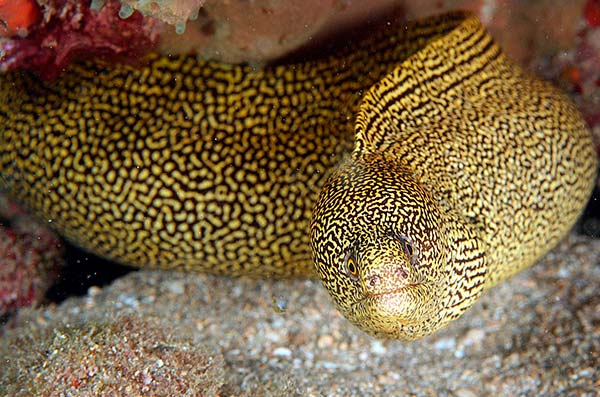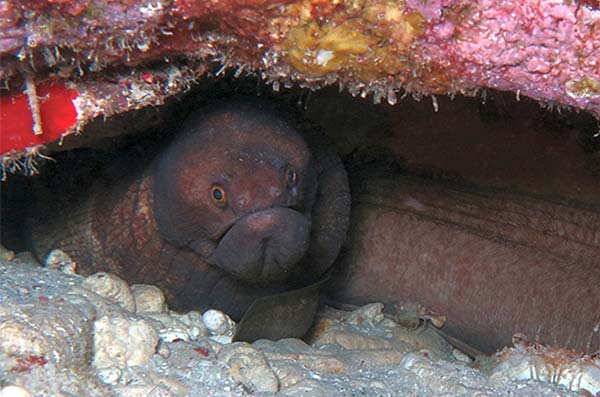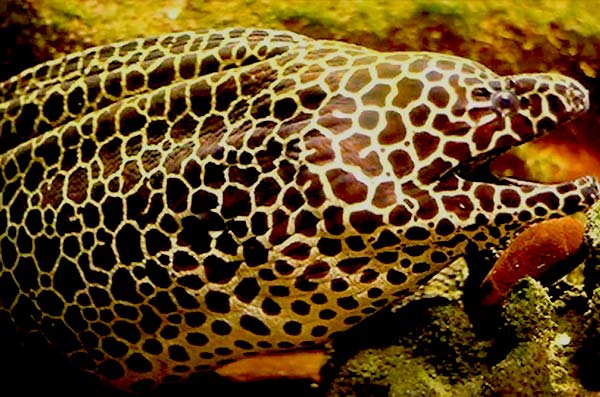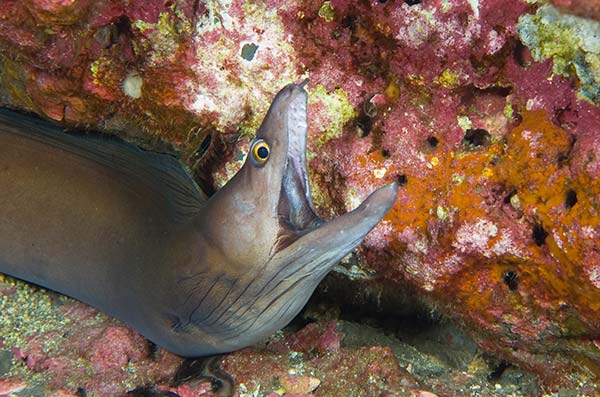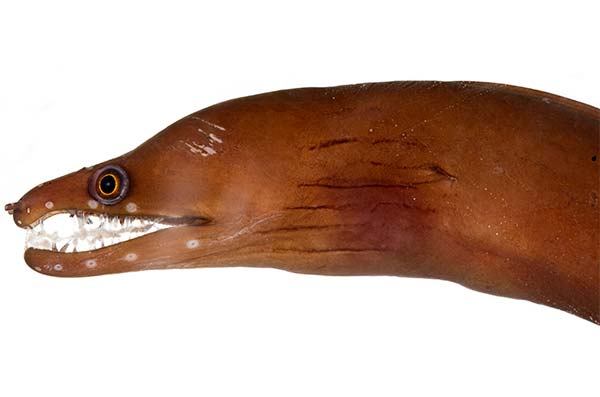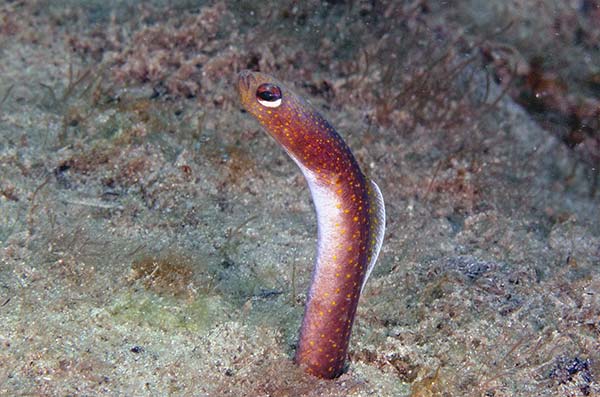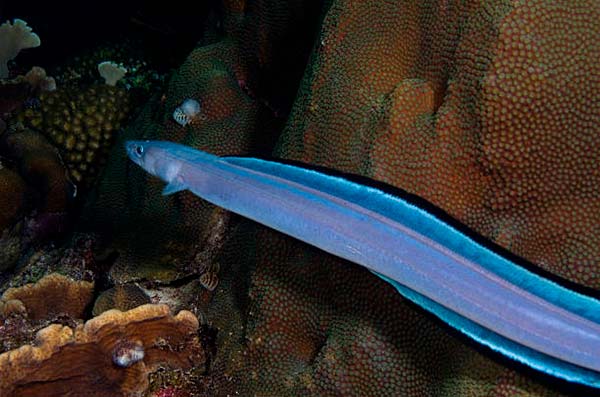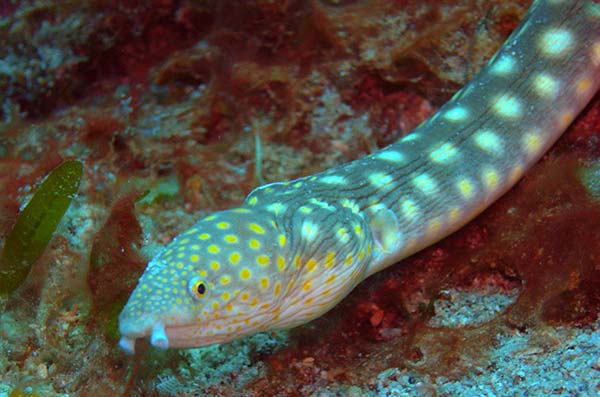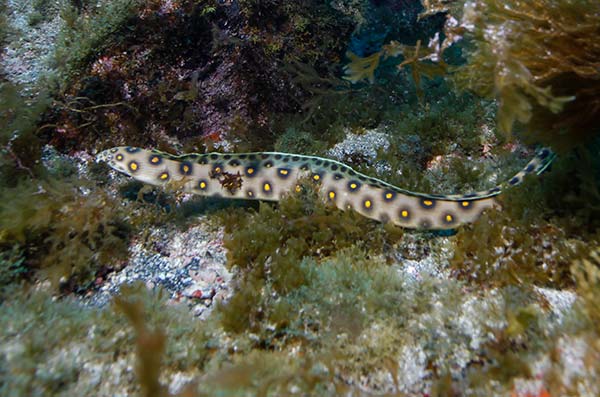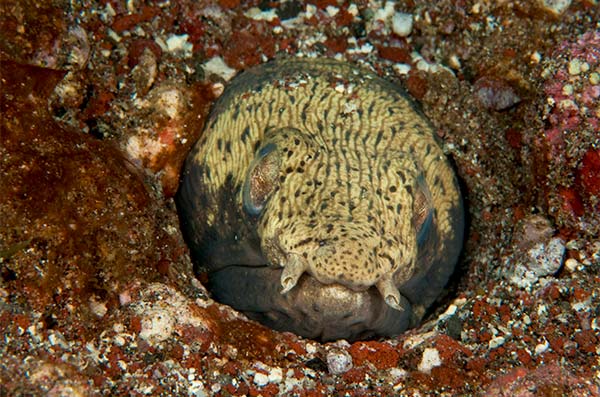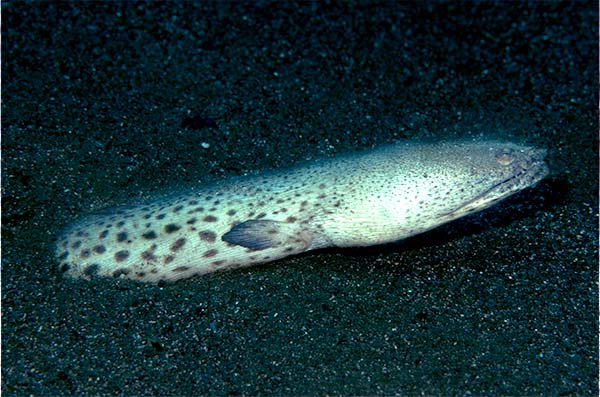1. Where Do Eels Come From?
Aristotle himself was perplexed about the origin of the different species of eel. He already knew an eel is a fish with a long and thin body and that there are saltwater and freshwater eel species. After all, eels have been food for humans for thousands of years.
What Aristotle did not know was how they reproduced. No one could find their genital organs, nor could they be seen copulating or laying eggs. Therefore, he concluded the eels’ spontaneous generation from the mud.
Before him, the ancient Egyptians believed that the sun that warmed the Nile made them appear.
There have been all kinds of theories. That they were born from the sea foam, that they rubbed against the rocks. In the English countryside, people thought eels came into life when a horse’s tail hairs fell into the water.
Max Schultze, a German biologist, went so far as to say regarding Darwin’s Theory of Evolution: “all the important questions in my field have been resolved, except that question of the eel.”
As an adolescent Sigmund Freud was dissecting eels in search of gonads and assured that he found them, but nobody paid too much attention to him.
So, time passed until the zoologist and eel breeder Giovanni Grassi finally settled the matter in 1896. He discovered that the eels’ cycle of life has 5 stages: larvae, crystal eels, yellow eels, silver eels, and mature eels. In each of the phases, all types of eels are asexual except in the last one. For this, the silver eel travels hundreds of kilometers in the sea until it reaches the breeding area, and once there, its reproductive organs will develop for the first time, not before. Case solved.




